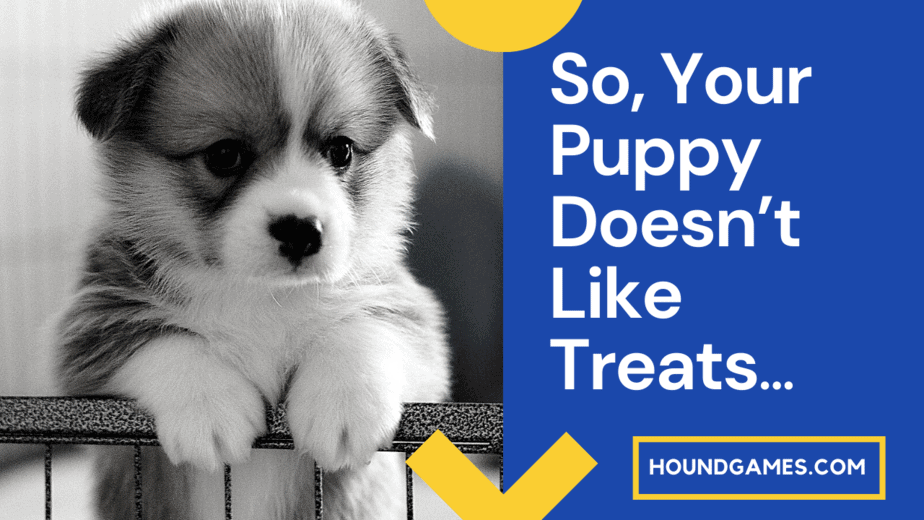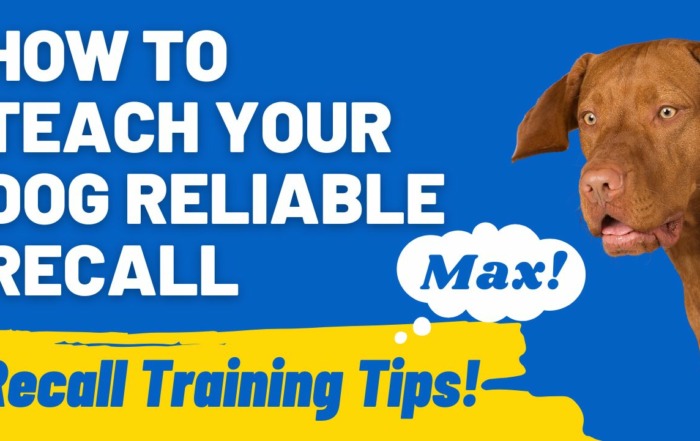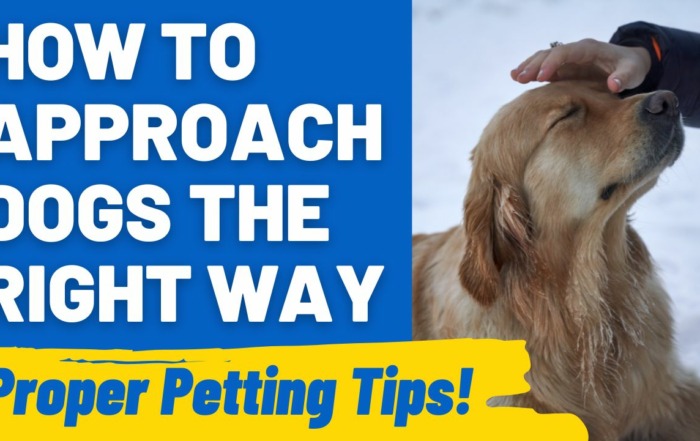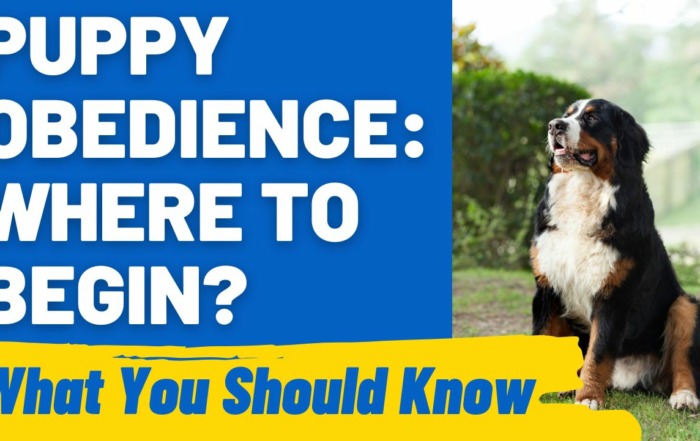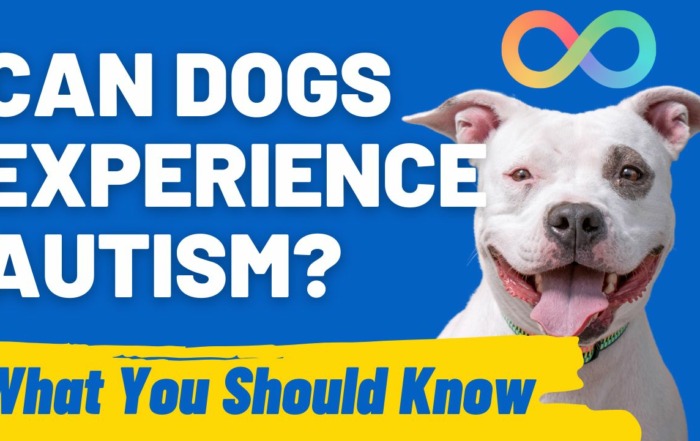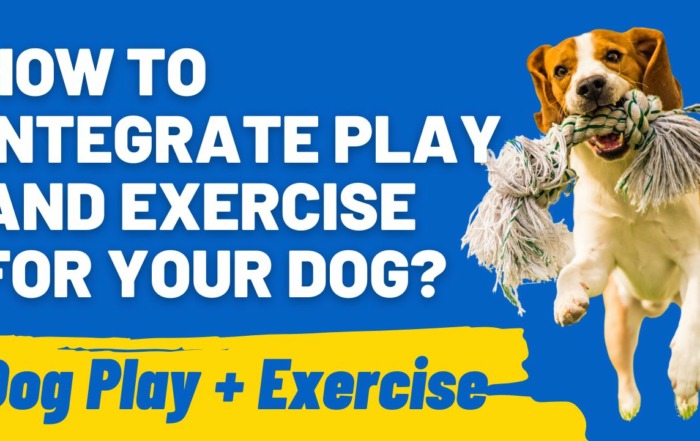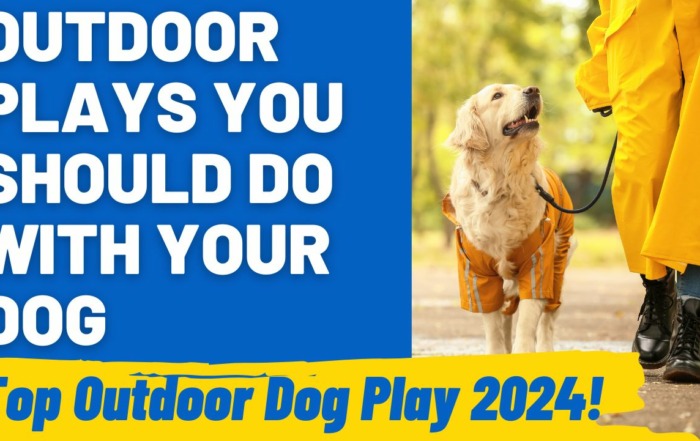Have you ever offered your puppy a brand new treat only to have them turn their nose up? Perhaps you’ve gone to puppy school and found your puppy ignores the tasty treats you’re offering whenever there is something more interesting going on.
A dog that isn’t interested in treats can make training difficult, since how do you reward for good behavior when your puppy isn’t interested in the reward? So why isn’t my puppy interested in food, and what can I do about it?
Why doesn’t my puppy care about treats?
There are several main reasons why your puppy may not care about treats, and they aren’t mutually exclusive. These reasons include:
-
Your puppy has a genetically low food drive.
-
Your puppy is a picky eater.
-
Your puppy is feeling sick.
-
Your puppy has too much free food already available.
A genetically low food drive is one of the most common factors that affect how your puppy reacts to treats. Some breeds, like Labradors, tend to have a gene that makes them more highly driven to do something in exchange for food.
In fact, the Labs with the strongest food drive tend to be the most trainable since they will do the most for a tasty snack.
But not every dog has a high food drive.
Some dogs have a much higher prey drive, which means they will ignore food when there is something to chase.
Other dogs have a high play drive and are far more interested in a game of tug or wrestling with another dog than any snack you may be offering.
Still, others have a high work or activity drive. These are the dogs that will become destructive if not given enough exercise and stimulation.
Finding out what drives your puppy is the same as finding out what motivates them, and it isn’t always food.
Low food drive puppies are also often picky eaters. This can worry an owner no end. These puppies may suddenly refuse to eat the same food they ate the day before. Or ignore tasty store-bought snacks when offered if they aren’t the right brand.
Be sure to read our post Puppy Won’t Eat All Their Food if this happens to your puppy.
The way to tell a picky eater from a sick puppy is that a sick puppy will lose their appetite quite suddenly. There may also be other symptoms, such as lethargy, vomiting, or diarrhea. This kind of loss of appetite will mean an immediate visit to the vet.
On the other hand, a picky eater will turn their nose up to food over an extended period.
Picky eaters often overlap with dogs given so much food that it is no longer considered a high-value item.
These include puppies that are “free fed” or given an unlimited amount of food on which to graze throughout the day. They may also be given lots of table scraps and share whatever their human is eating, so their kibble simply doesn’t look that appetizing anymore.
In some cases, owners might be so upset by a puppy ignoring their bowl of high-quality kibble, that they’ll take to cooking a steak just to entice their pup to eat.
To a certain kind of dog, this can send the message that if they just wait it out, their human will present them with something better.
How to train a puppy that doesn’t like treats
There are several ways to motivate a puppy who doesn’t like treats, and they can be used together.
1. Build a Food Drive
Stop any table snacks or food with a low nutritional value for your dog. In other words, no more human food.

Remove any free food as well. The aim is to switch your puppy’s mindset from food being something that has no value to something that has to be earned.
For a time at least, don’t even give your dog food in a bowl, as this also makes it too accessible.
Instead, put some of their food in a puzzle enrichment toy so that they need to “work” to get it out. Keep the rest of their daily rations in a treat pouch around your waist and give them small handfuls as positive reinforcement for good behavior throughout the day and during training sessions.
Any food your puppy isn’t interested in should just be placed back in the food bin. It takes time and commitment, but as soon as your dog sees food as something they can earn, they will become more responsive.
Remember, you are not starving your dog. If you feel that your dog’s food drive is so low that they are eating significantly fewer calories than they should rather than offer desired behaviors, then rely more on the other steps.
2. Engage their nose.
Unfortunately, for us humans, all dogs love something smelly. In fact, the stinkier, the better! For this, you would want to look at chews that contain something with a strong smell, like dried liver or tripe.
We recommend cutting up Ziwi’s Air-dried Lamb Green Trip Dog Chews or Stewart Pro-Treat Beef Liver Freeze-Dried Dog Treats.
Another point to consider is that picky eaters and dogs with low food drive may often find certain treats boring.
In fact, just like humans, dogs can have different tastes in treats. One dog might be motivated to do your taxes by beef jerky, while another dog will barely throw it a cursory sniff.
To increase interest in treats and their focus while training, it’s best to try different kinds of goodies. Some dogs will respond best to soft treats such as Wellness Soft Puppy Bites, while other puppies will prefer True Chews Premium Jerky Cuts.
Remember that treats should never form more than 10% of your dog’s daily calorie allowance. The bulk of their food-based training should be from their daily rations of a high-quality diet suitable for your dog’s age, breed, activity level, and any other medical concerns they may have.
3. Learn what motivates your puppy
Suppose your puppy isn’t particularly motivated by food. In that case, while you can increase their drive, they may never be as responsive to a treat as, say, most Labradors.
This is a good time then to explore what really makes your dog tick.
Spend time throwing balls to see if your pup has a strong instinct to chase, and then take the time to teach them to fetch.
Once your puppy loves chasing a ball, it can be a great motivator to ask for certain behaviors. As can any other favorite toy, especially ones that squeak.
Likewise, a working breed like a Border Collie can thrive when taking part in a sport or job that uses their natural instincts, such as herding.
If your puppy doesn’t seem to be motivated by much of anything and they seem a bit on the lazy side, you can read this article on how to train a lazy puppy.
Remember, food training should only form part of your puppy’s obedience training. As your puppy progresses, they should do more and more from conditioning and less in exchange for treats.
The ultimate goal is to phase most of the food reinforcement out over time, although treats for good behavior can always be something to throw in here and there.
What are the best treats for my puppy?
There are several things to look for in a good puppy treat, and most of them center on health.
-
Palatability. Small, soft, and moist treats like Blue Buffalo Blue Bits Tender Beef Recipe Soft-Moist Training Dog Treats generally give good results and get most puppy’s attention.
-
They should either be from a high-quality meat source, such as Blue Buffalo Wilderness Trail Treats Chicken Wild Bits Grain-Free Training Dog Treats, or from a healthy vegetable or fruit such as Charlee Bear Natural Bear Crunch Grain-Free Chicken, Pumpkin & Apple Dog Treats.
-
Look for grain-free products (like all the products mentioned so far), or make sure there is nothing in the treat that your dog is allergic to.
-
Check the calorie content so that you know how much your dog is allowed per day.
-
For large breeds, you can choose treats that help support their joints, such as Earthborn Holistic EarthBites Hip & Joint Natural Moist Grain-Free Treats For Dogs.
-
Treats can also support skincare and digestive health, such as Bil-Jac America’s VetDogs Skin & Coat Dog Treats or Probios Digestion Support Peanut Butter Flavor Dog Treats.
-
In the case of puppies with allergies, we recommend Hill’s Prescription Diet Hypo-Treats Dog Treats.
Don’t forget your puppy’s oral health since bad teeth can lead to significant health concerns later on.
A final word
If your puppy doesn’t seem to care about treats, don’t despair, it’s an excellent opportunity to learn about what may make your dog really tick.
Treats can be great motivators, and it certainly is helpful to increase a puppy’s food drive. Still, just like humans, dogs can be motivated by different things.
Building trust and a strong relationship with your puppy means learning to understand what gets them excited and what makes them go “meh.”
Recall Training Secrets: How to Teach Your Dog Reliable Recall
Teaching a dog recall is not just a basic obedience skill; it's a vital aspect of ensuring the safety and freedom of your beloved pet. Picture this: your dog is playfully chasing after a squirrel [...]
The Joy of Petting: How to Approach Dogs the Right Way
"Can I pet that dog?" is often the first thought that pops into our minds when we see a furry friend wagging its tail. The joy of petting a dog is unmatched, offering both the [...]
Puppy Obedience: Where to Begin? An Introductory Guide
Puppy obedience is more than just teaching commands. It's about nurturing a relationship based on mutual respect and understanding. It lays the foundation for a well-behaved adult dog and ensures a harmonious life together. In [...]
Understanding Canine Autism: Do Dogs Experience It?
Have you ever wondered, can dogs have autism? Autism, a complex condition often characterized by social and communication difficulties, is widely recognized in humans. But when it comes to our canine companions, the idea of [...]
How to Integrate Play and Exercise for a Healthier Dog?
Ensuring a healthy and fulfilling life for our dogs involves more than just regular feedings and routine check-ups. Integrating play and exercise into their daily lives plays a crucial role in maintaining their physical and [...]
Outdoor Adventures: How to Make the Most of Outdoor Play with Your Dog?
Engaging in outdoor play with your dog is more than just a fun way to pass the time; it's an essential part of their health and happiness. From frolicking in the local park to embarking [...]

